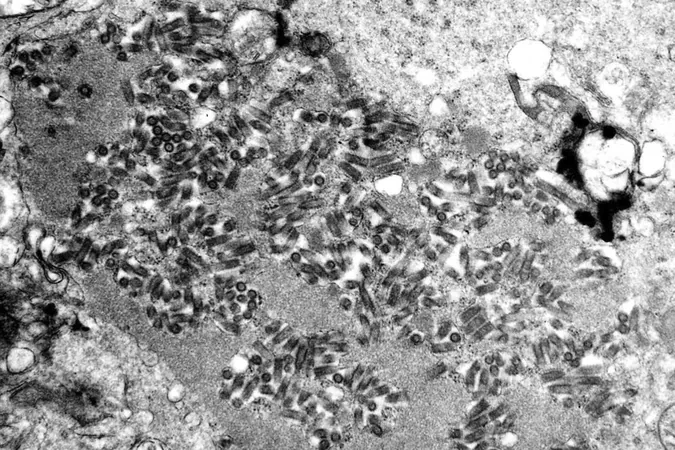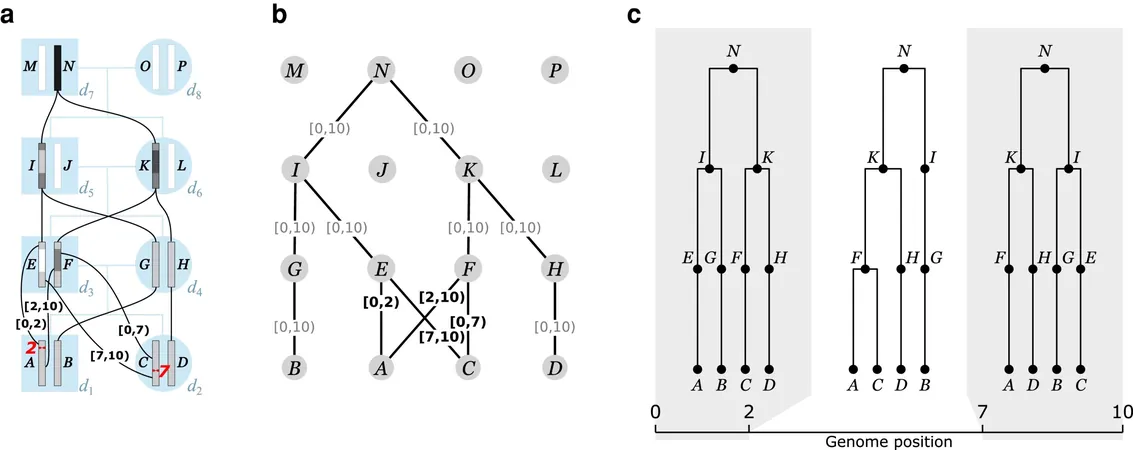
Hybrid COVID Variant XEC Emerges: What You Need to Know About This Contagious New Strain
2024-09-22
A newly identified COVID-19 strain, known as XEC, has raised concerns among health experts for its increased contagiousness, although it may not cause more severe symptoms.
This strain is classified as a recombinant variant, combining elements from the KS.1.1 and KP.3.3 strains, both of which belong to the Omicron family of COVID variants that became dominant in the U.S. starting in late December 2022.
First detected in Berlin in late June, XEC has rapidly spread to various countries in Europe, including Germany, France, Denmark, and the Netherlands, resulting in hundreds of reported cases. The strain has also been spotted in at least 25 states across the U.S., although actual numbers may be higher given that not every positive test undergoes genetic sequencing.
Epidemiologist Joëlla W. Adams from RTI International noted, "We often use what happens in Europe as a good indicator of what might happen here. The upcoming flu season, alongside the presence of multiple viruses, complicates the situation."
Understanding the XEC Variant
The XEC variant is a hybrid, combining features from two existing Omicron variants—KS.1.1 and KP.3.3. This recombination has led to its classification as a new strain within the COVID-19 landscape. While it's still early to determine all implications of this variant, its classification as part of the more transmissible Omicron family raises alarms.
Is XEC More Contagious?
Although experts do not foresee the XEC strain leading to more severe disease, its high transmissibility could see it become a leading variant. Current vaccines and booster shots are designed to provide protection against this hybrid as it aligns with the underlying Omicron characteristics.
Adams emphasized, "These strains are more transmissible than others, yet the vaccines, although not specifically developed for XEC, are related and should offer some level of defense."
As winter approaches, situations become ripe for respiratory viruses, including COVID-19, to spread further due to seasonal indoor gatherings and increased social interactions.
Protective Measures Against XEC and Other Variants
The CDC remains vigilant in monitoring variants and their effects on public health. A spokesperson emphasized, "We expect that existing COVID-19 treatments and vaccines will continue to be effective against circulating variants, including XEC."
To maintain protection, the CDC advises everyone ages 6 months and older to receive an updated COVID-19 vaccine for the 2024-2025 season, regardless of prior infections or vaccinations. Keeping abreast of variant updates through the CDC's COVID Data Tracker is also recommended.
Dominant Strain Alert: KP.3.1.1
Current data shows that the KP.3.1.1 variant has become the dominant strain in the U.S., accounting for over 50% of positive infections. This strains features closely resemble other circulating variants, all being descendants of JN.1, which emerged late last year.
Symptoms to Watch For
Reports indicate that the XEC variant does not exhibit unique symptoms distinct from those already associated with COVID-19. Standard symptoms may arise between two to 14 days post-exposure and can range from mild to severe:
- Fever or chills - Cough - Shortness of breath or difficulty breathing - Fatigue - Muscle or body aches - Headache - Loss of taste or smell - Sore throat - Congestion or runny nose - Nausea or vomiting - Diarrhea
Seek immediate medical attention if experiencing severe symptoms such as difficulty breathing, persistent chest pain, confusion, inability to wake or stay awake, or changes in skin color.
Conclusion
Stay informed, stay vigilant, and don't let your guard down against the evolving nature of COVID-19!



 Brasil (PT)
Brasil (PT)
 Canada (EN)
Canada (EN)
 Chile (ES)
Chile (ES)
 España (ES)
España (ES)
 France (FR)
France (FR)
 Hong Kong (EN)
Hong Kong (EN)
 Italia (IT)
Italia (IT)
 日本 (JA)
日本 (JA)
 Magyarország (HU)
Magyarország (HU)
 Norge (NO)
Norge (NO)
 Polska (PL)
Polska (PL)
 Schweiz (DE)
Schweiz (DE)
 Singapore (EN)
Singapore (EN)
 Sverige (SV)
Sverige (SV)
 Suomi (FI)
Suomi (FI)
 Türkiye (TR)
Türkiye (TR)